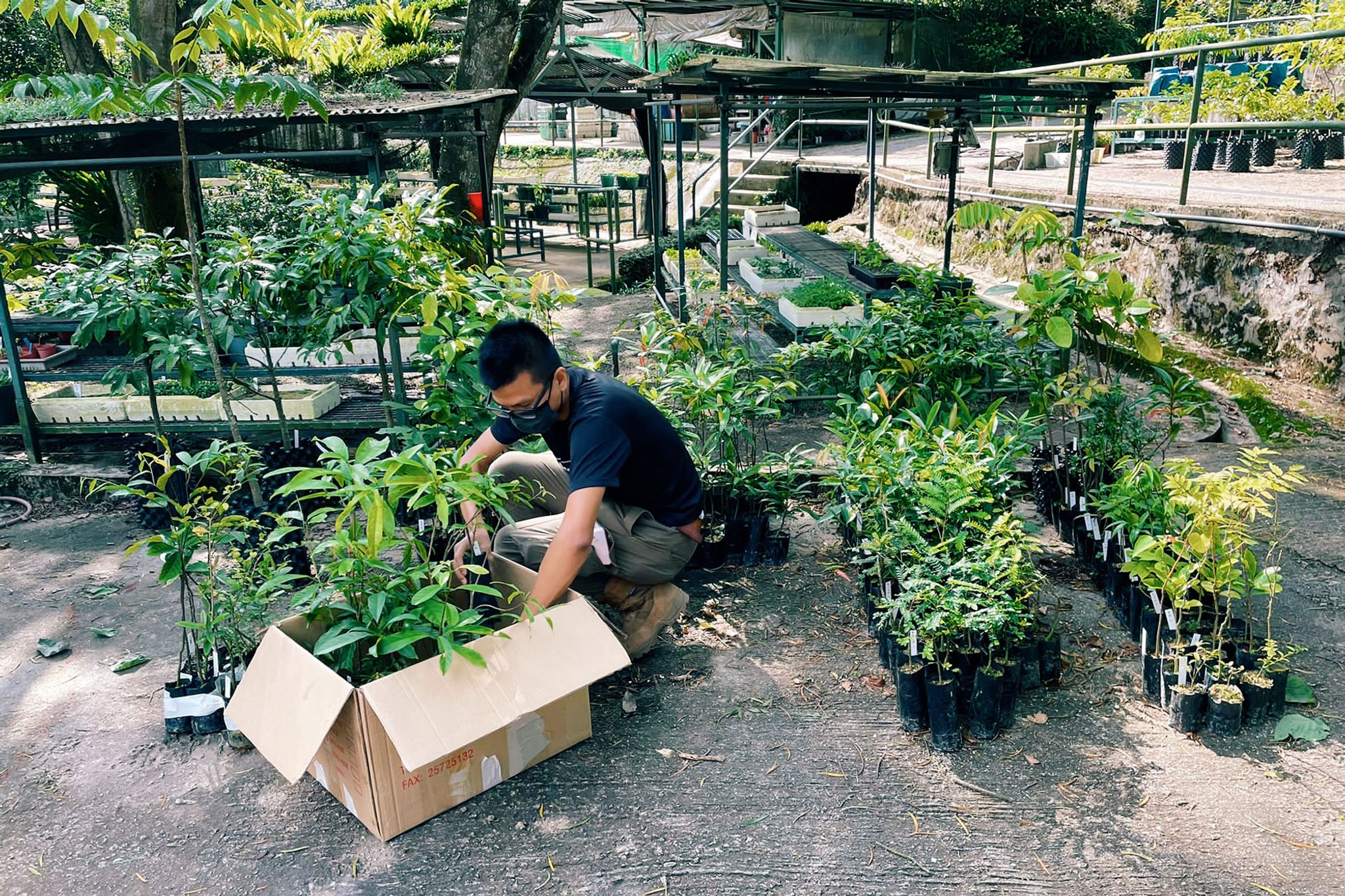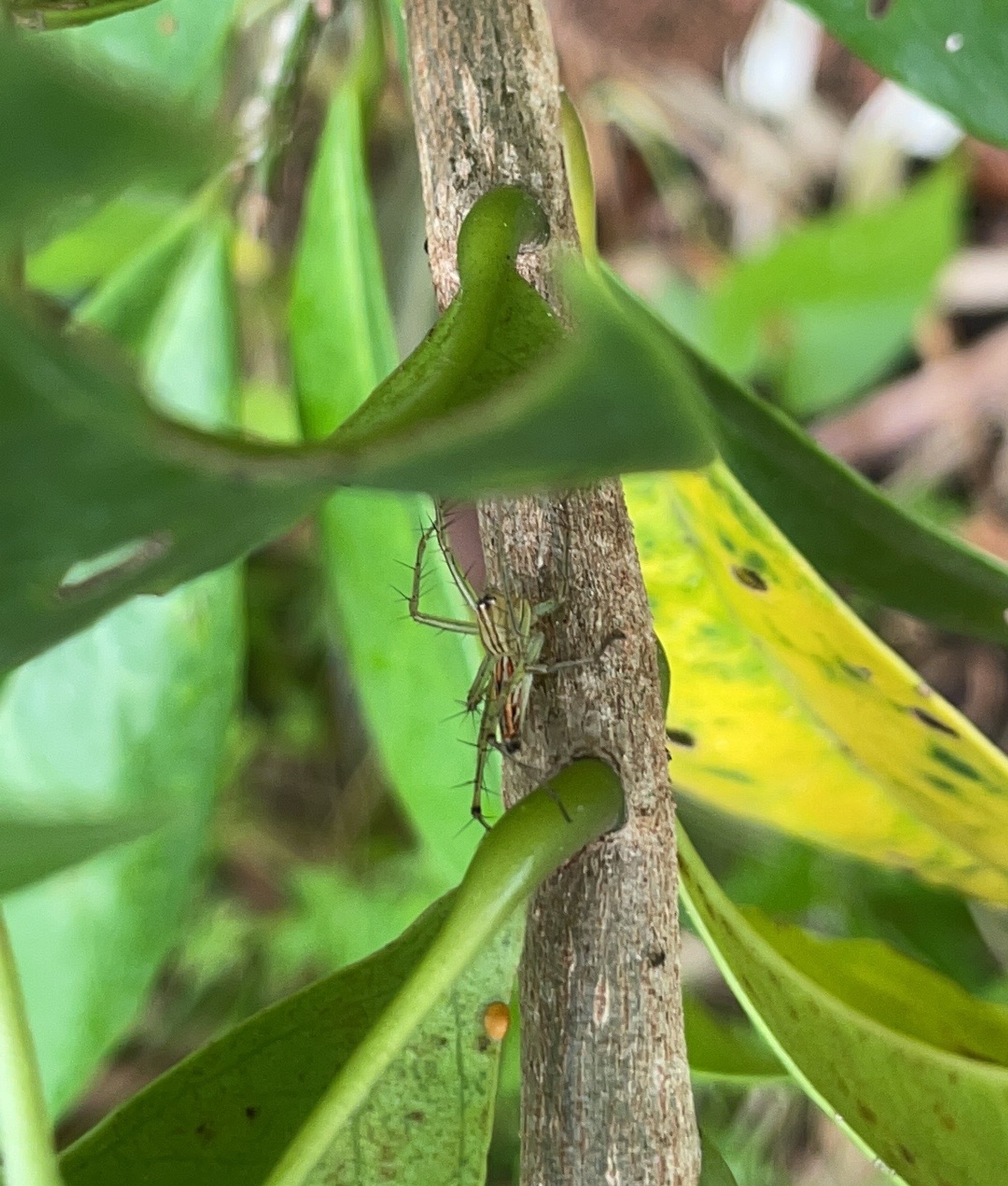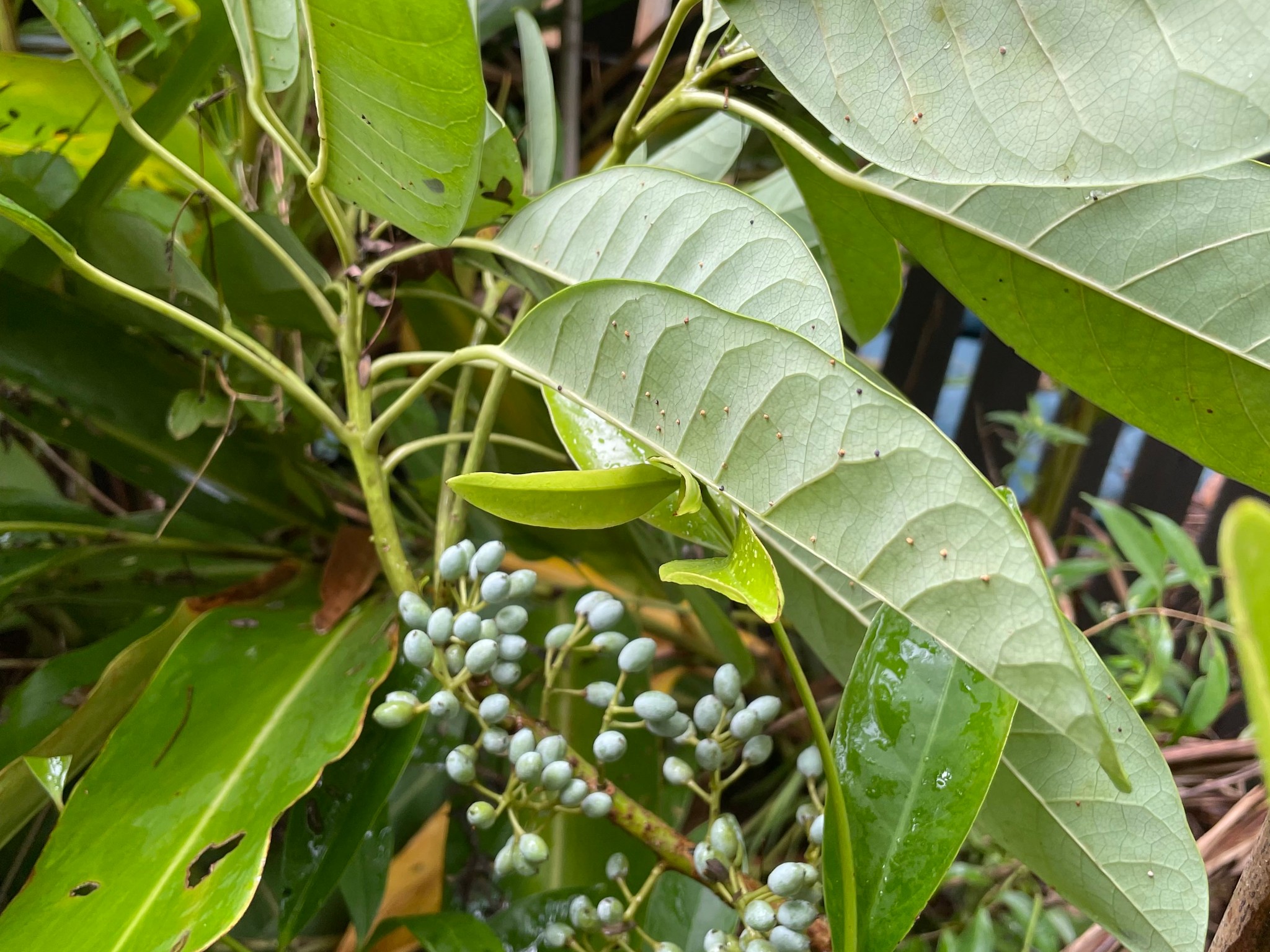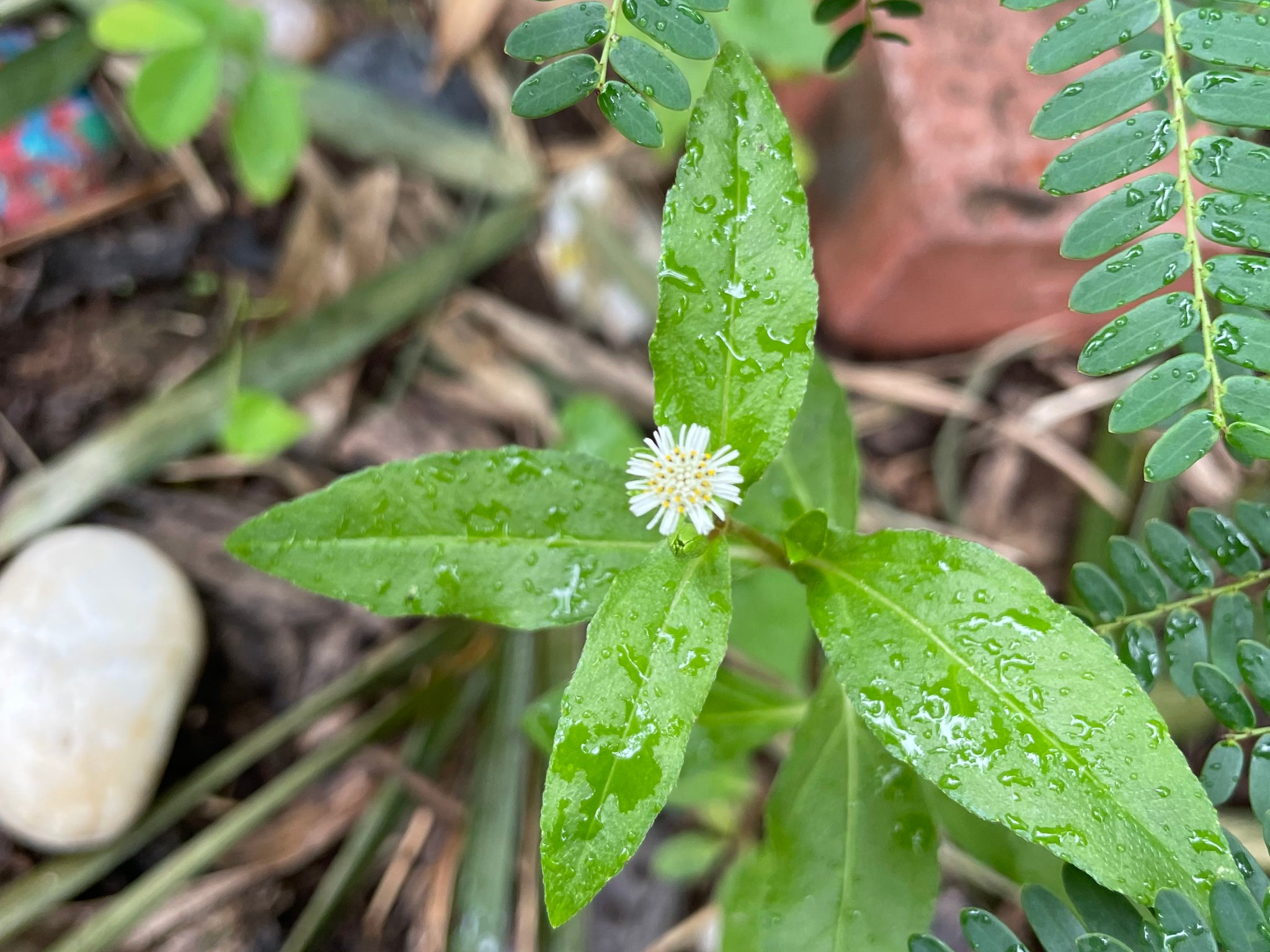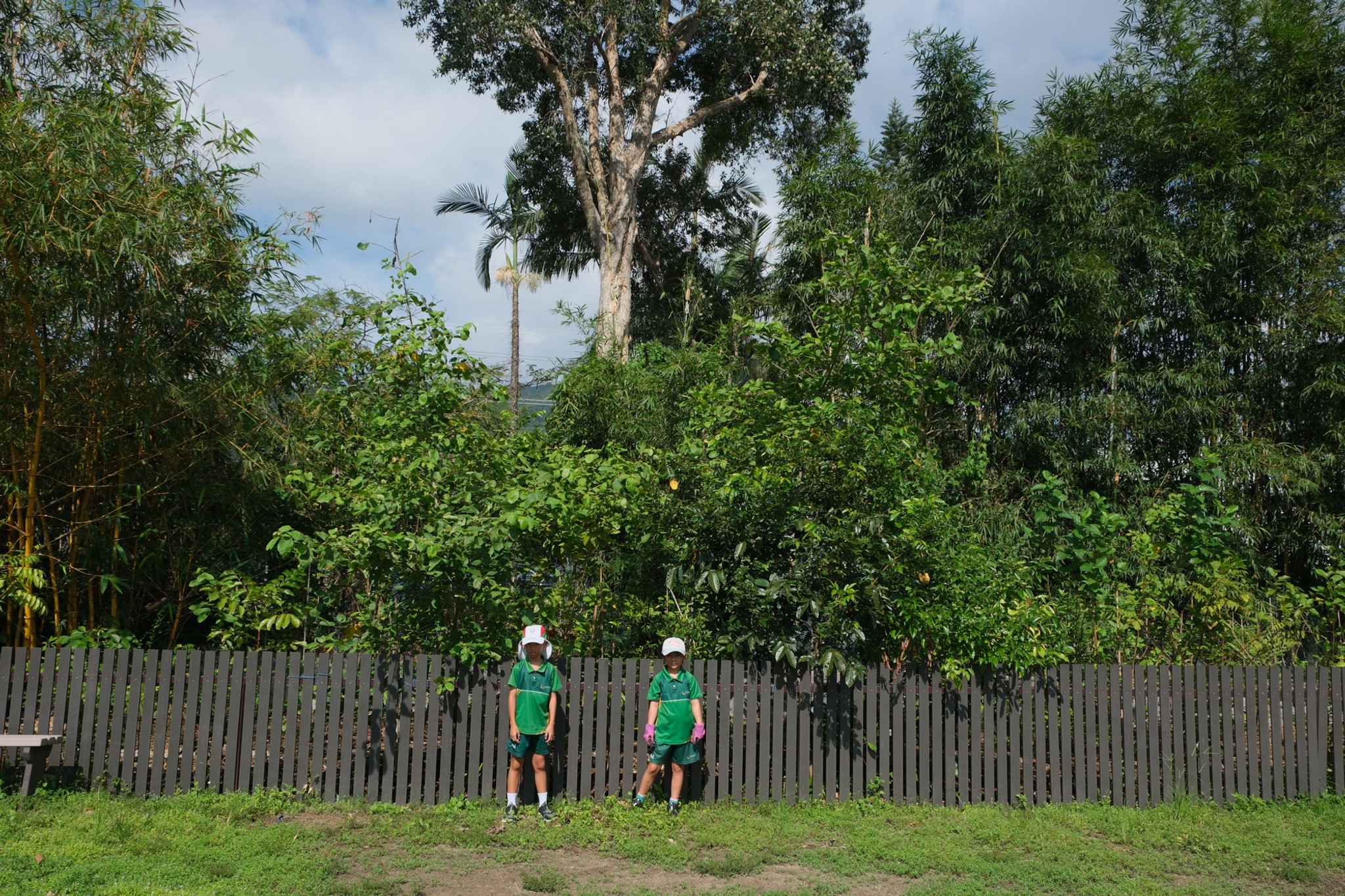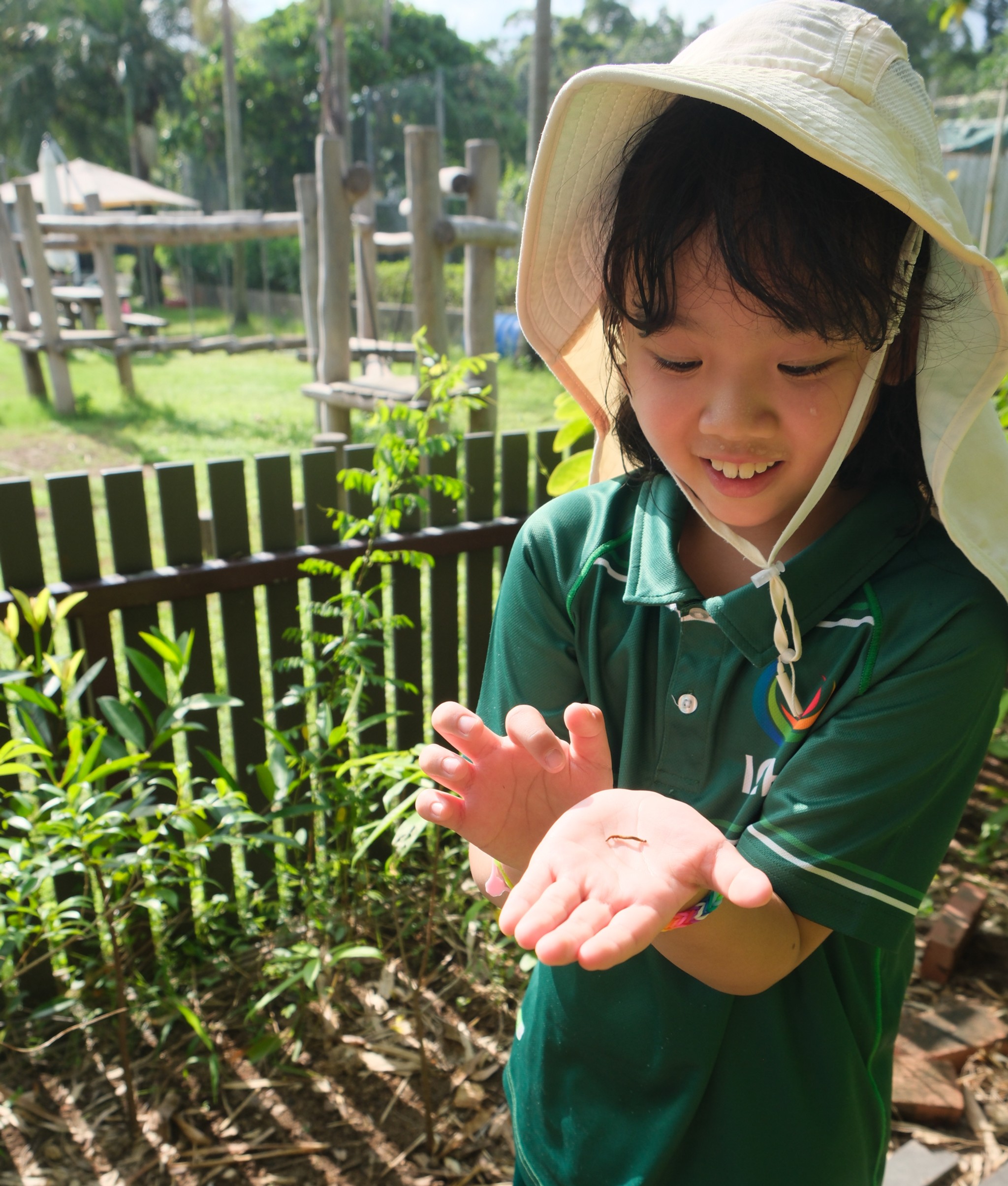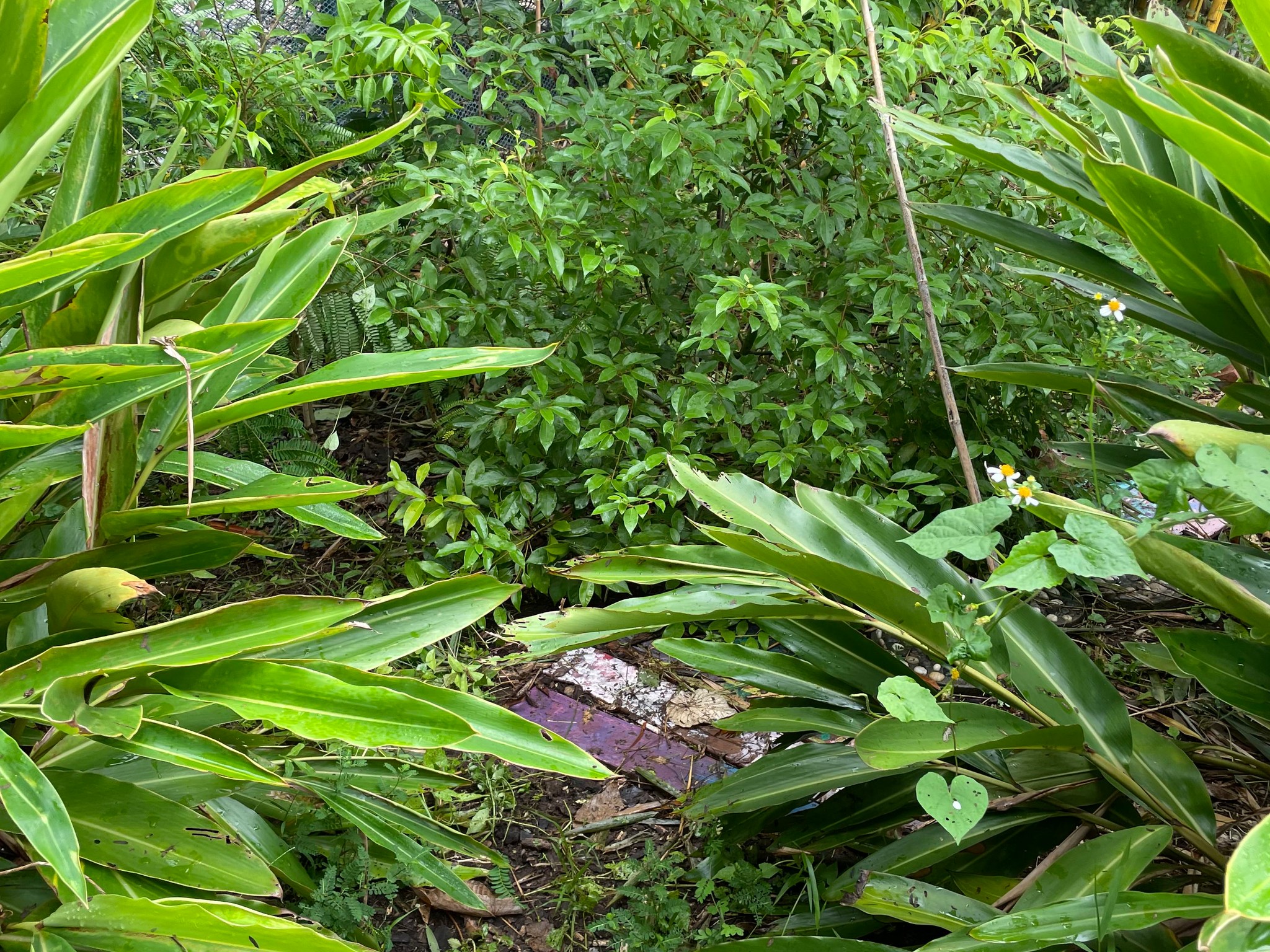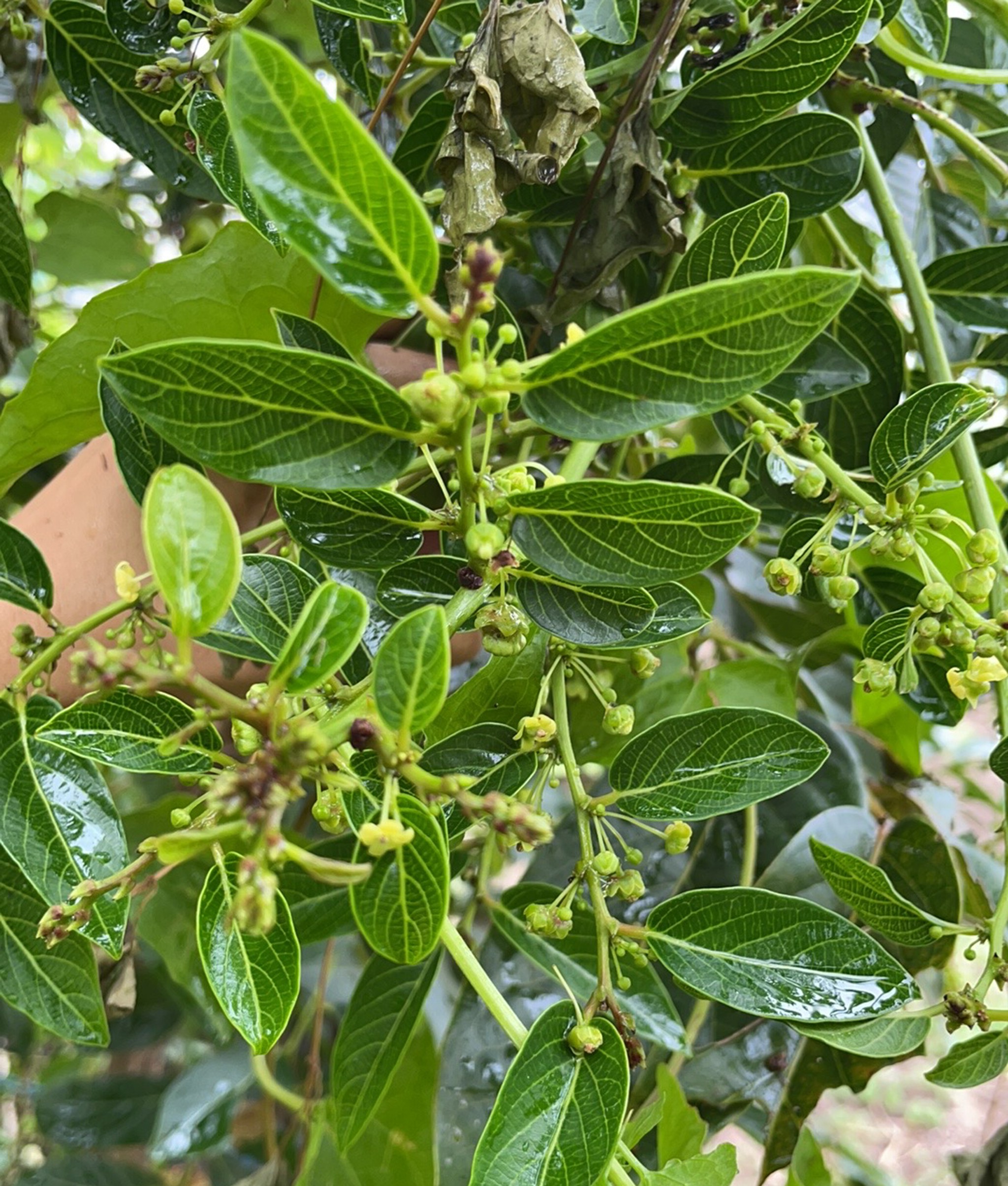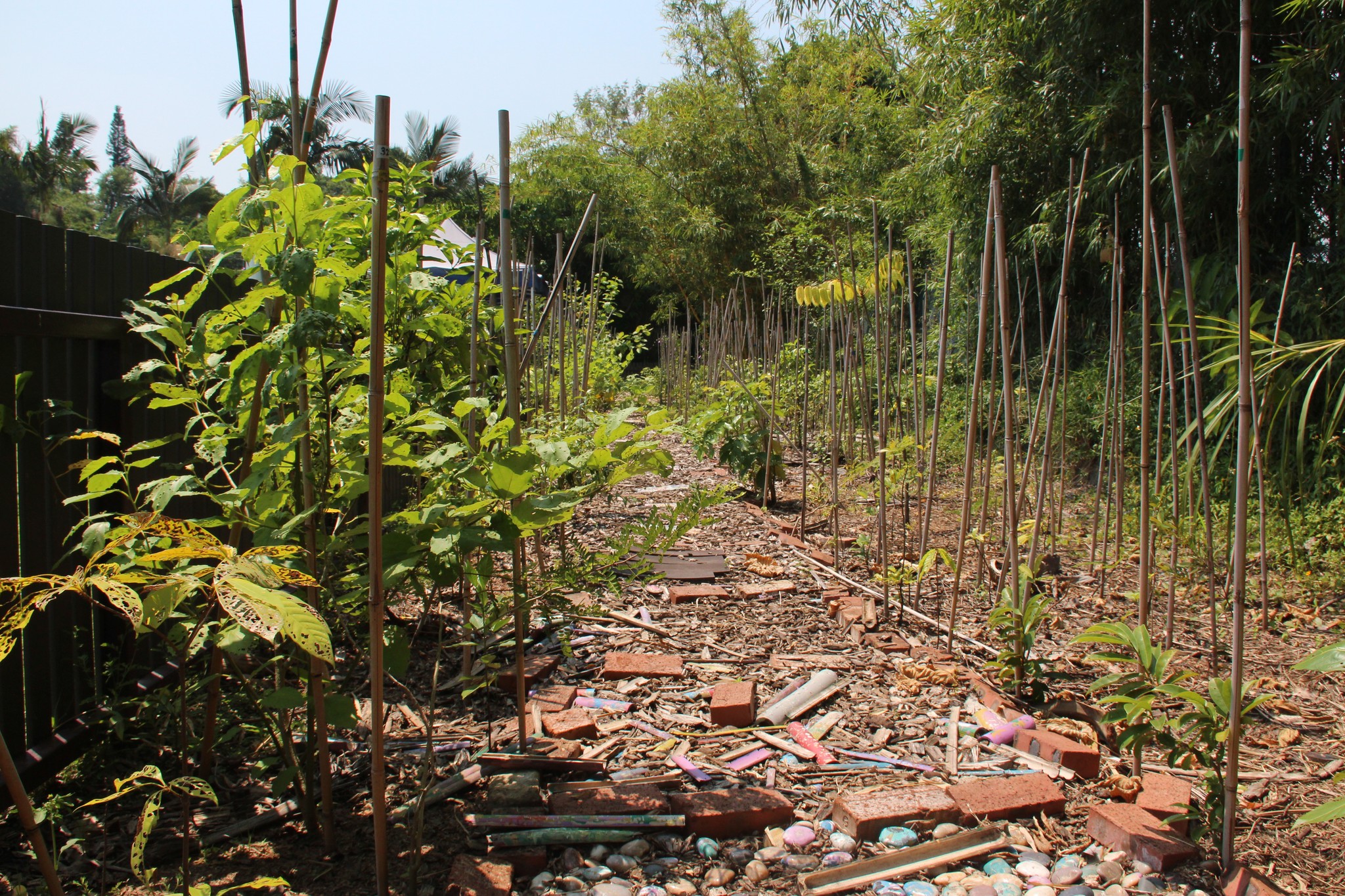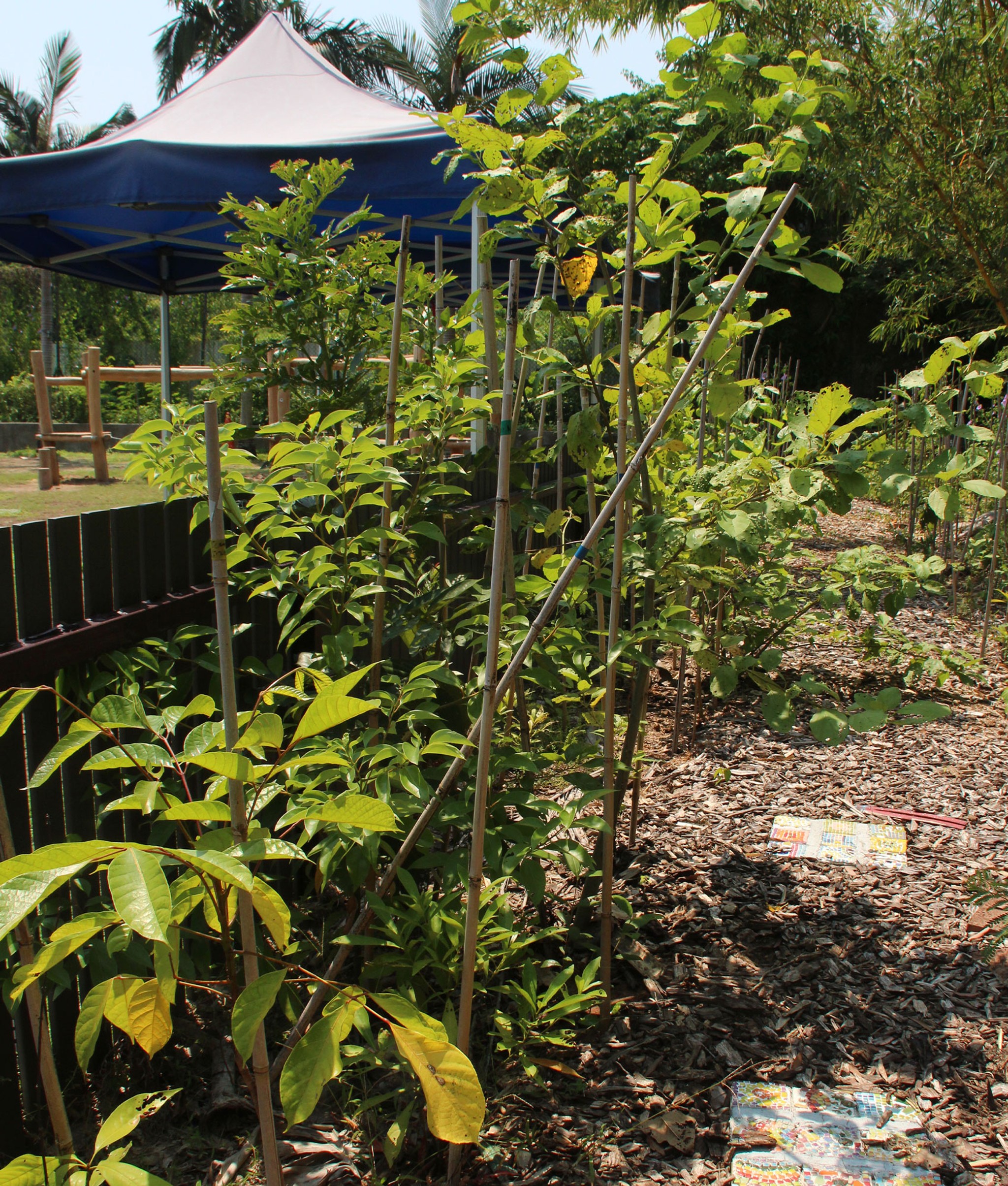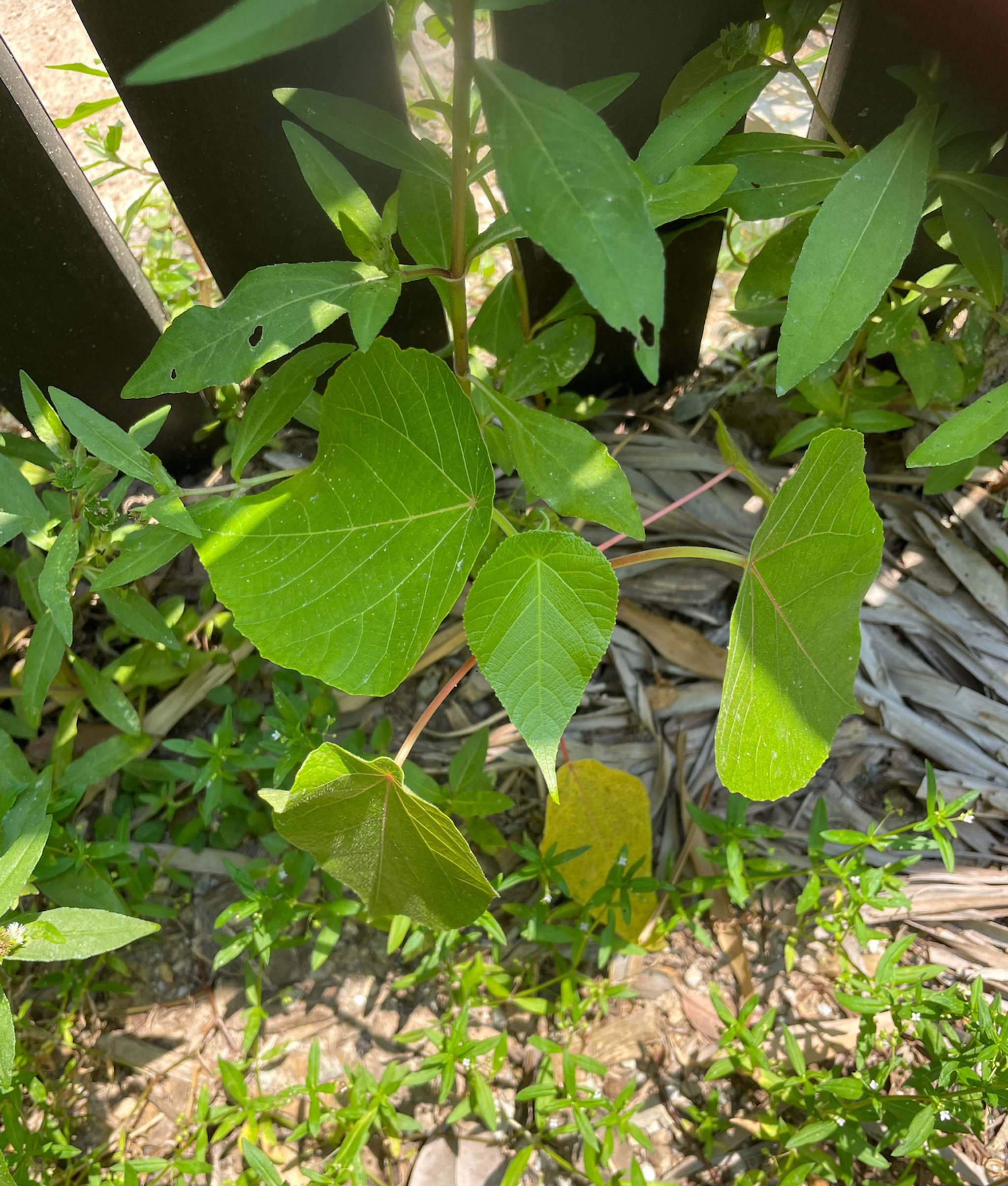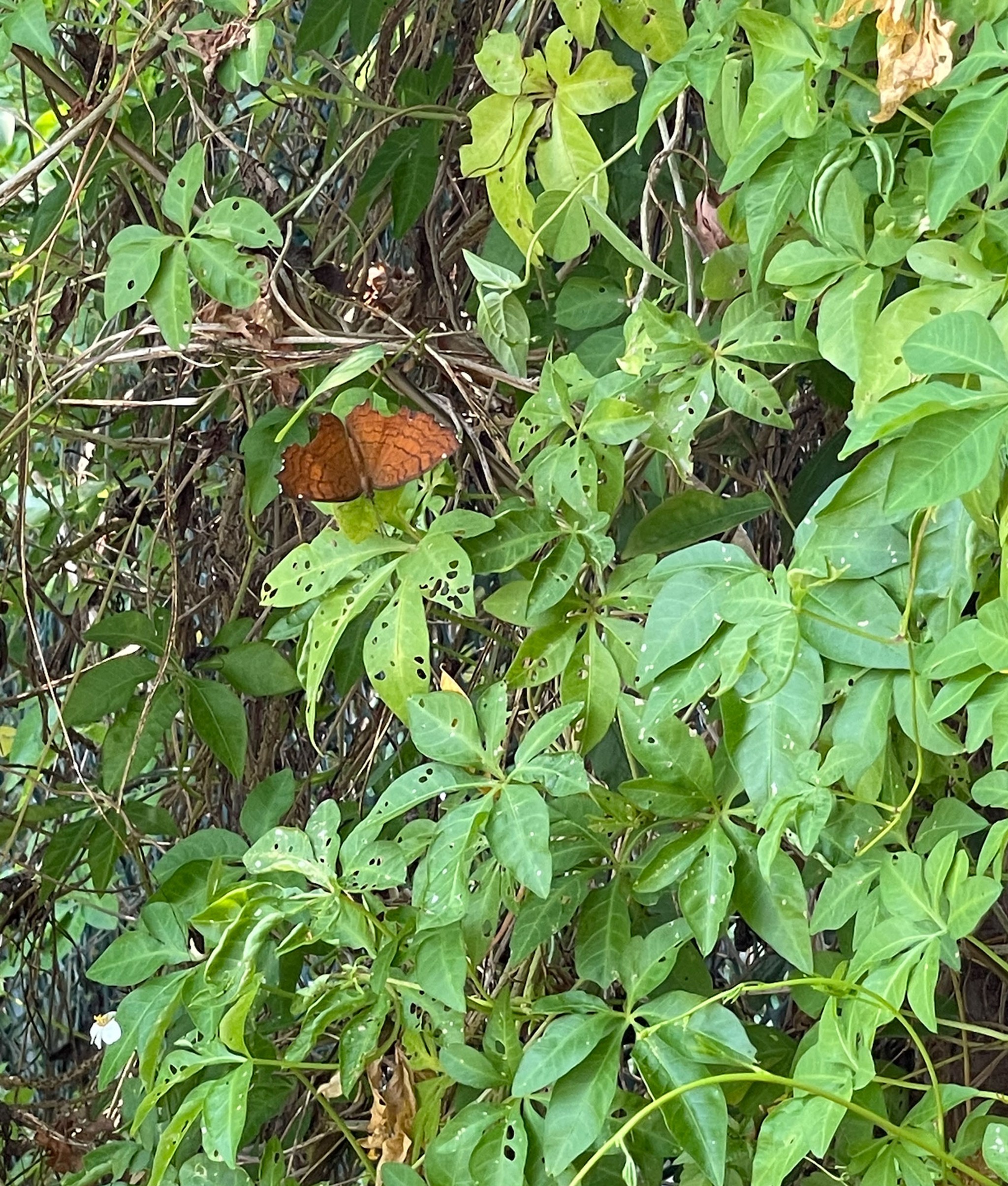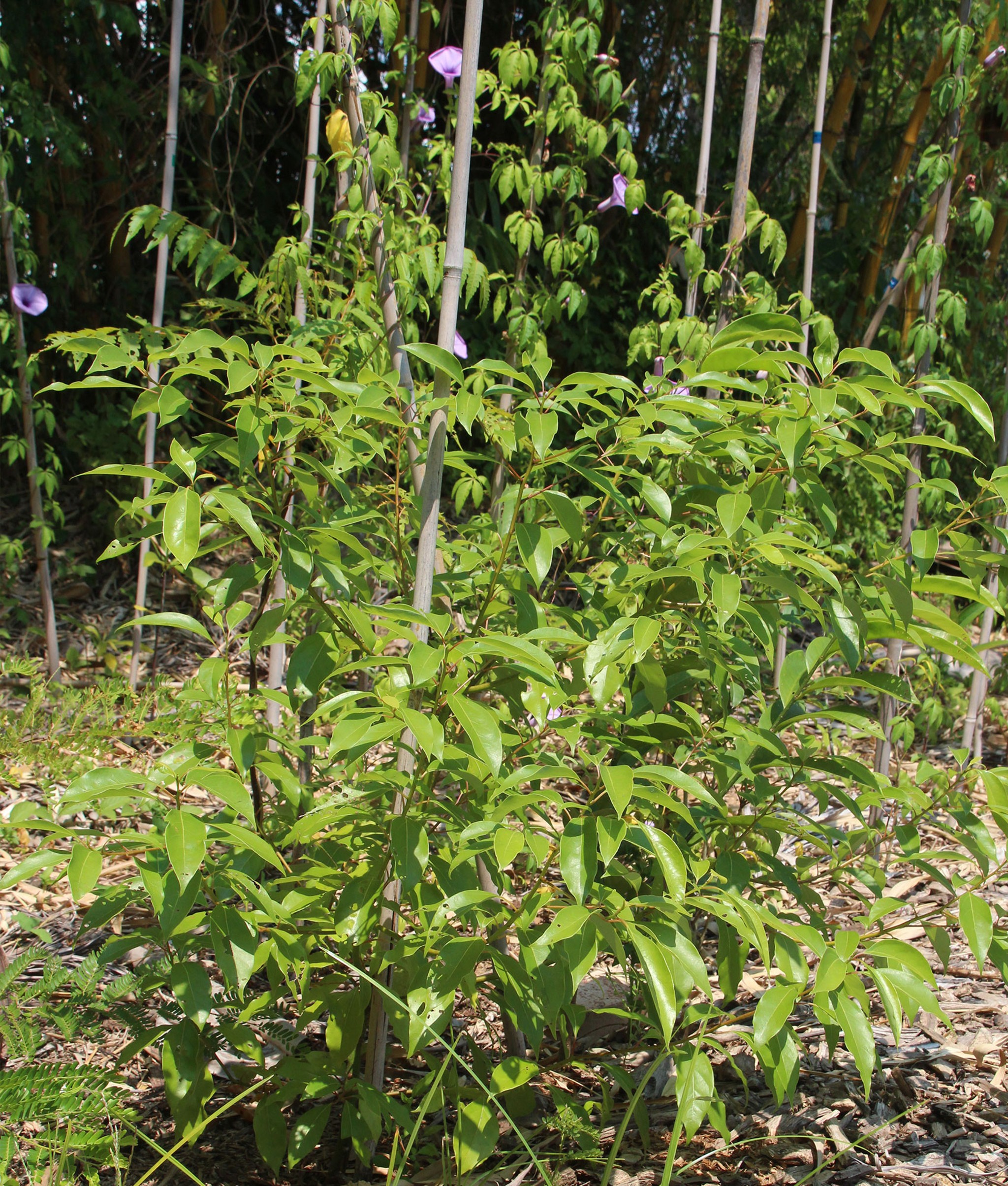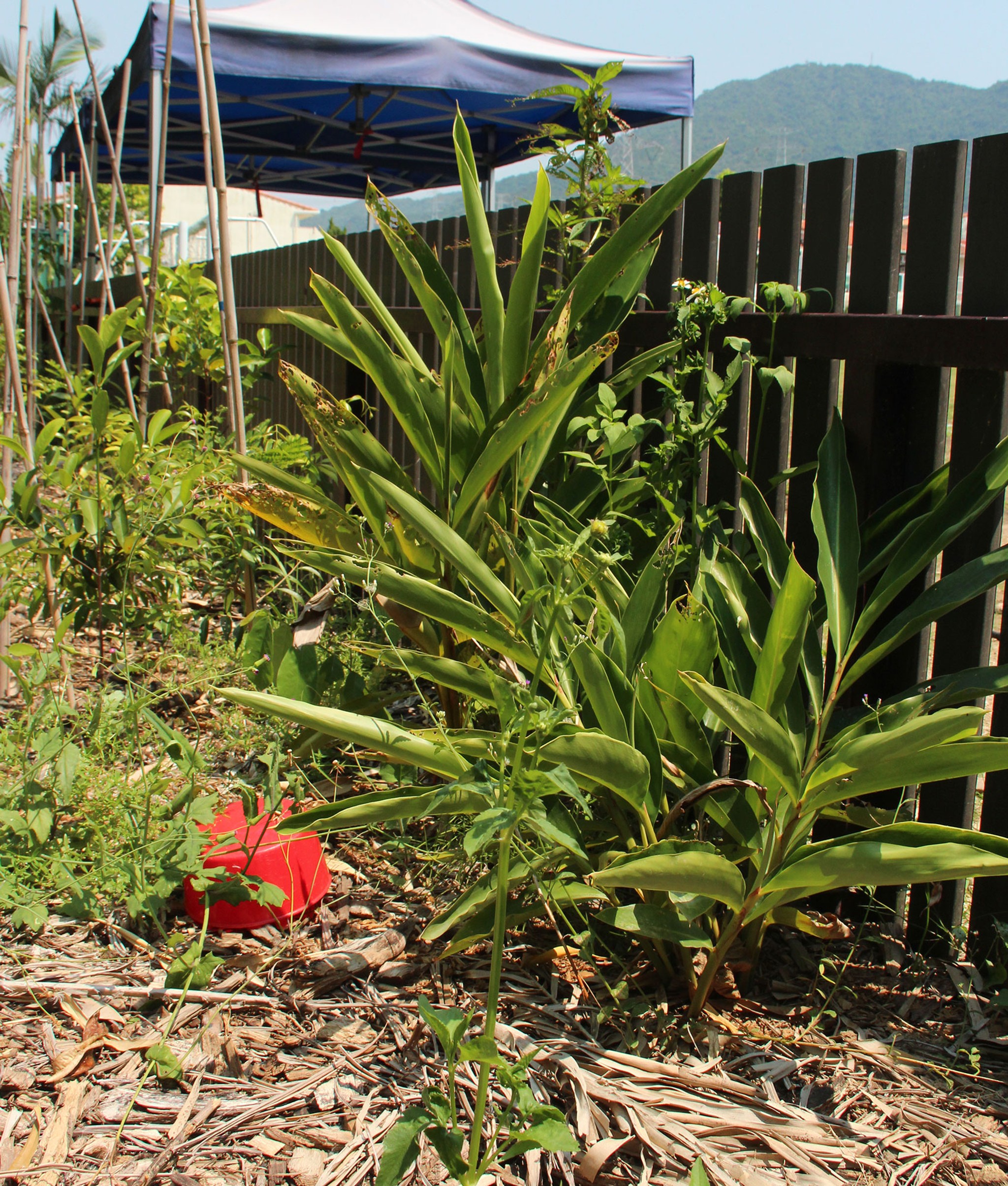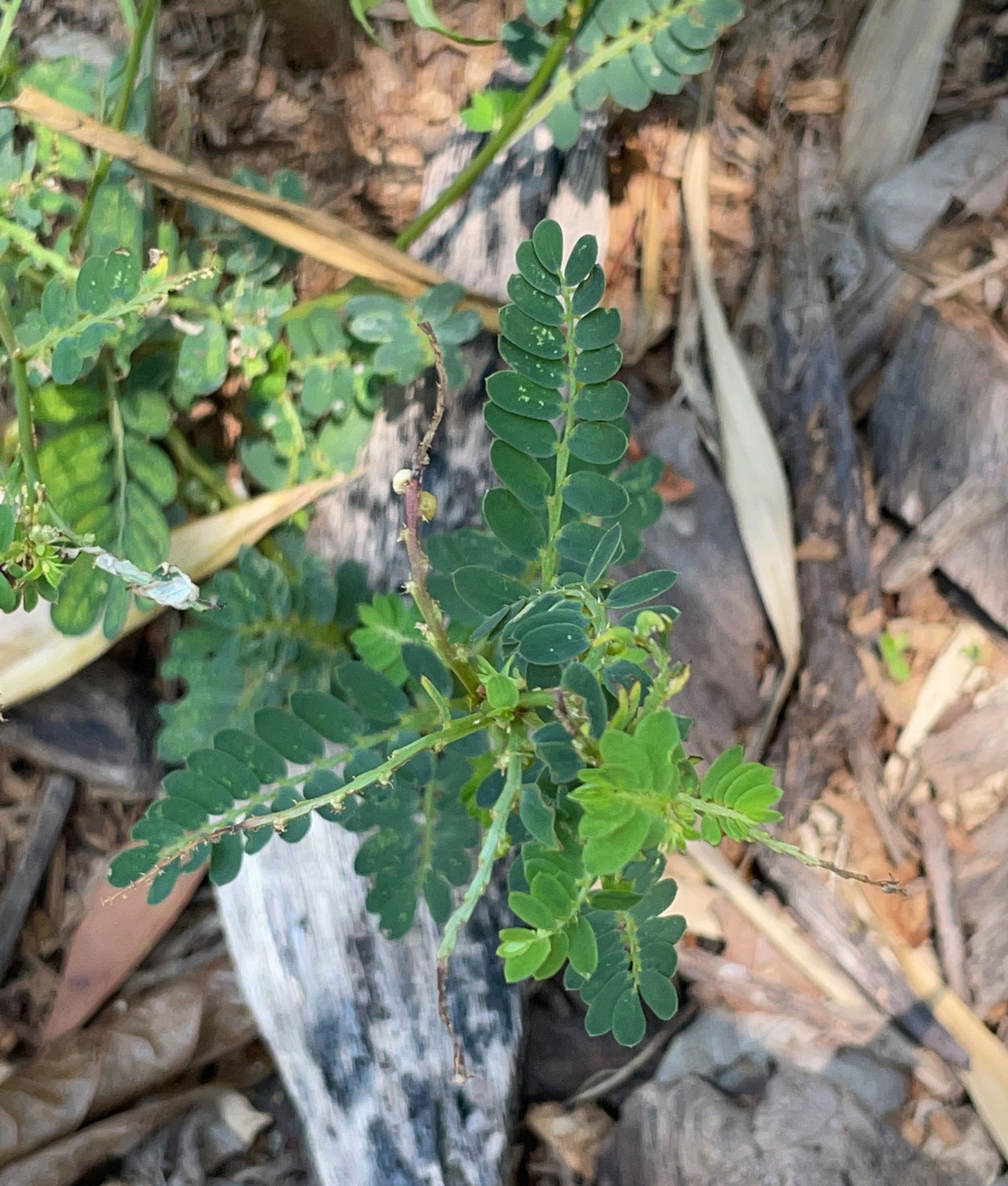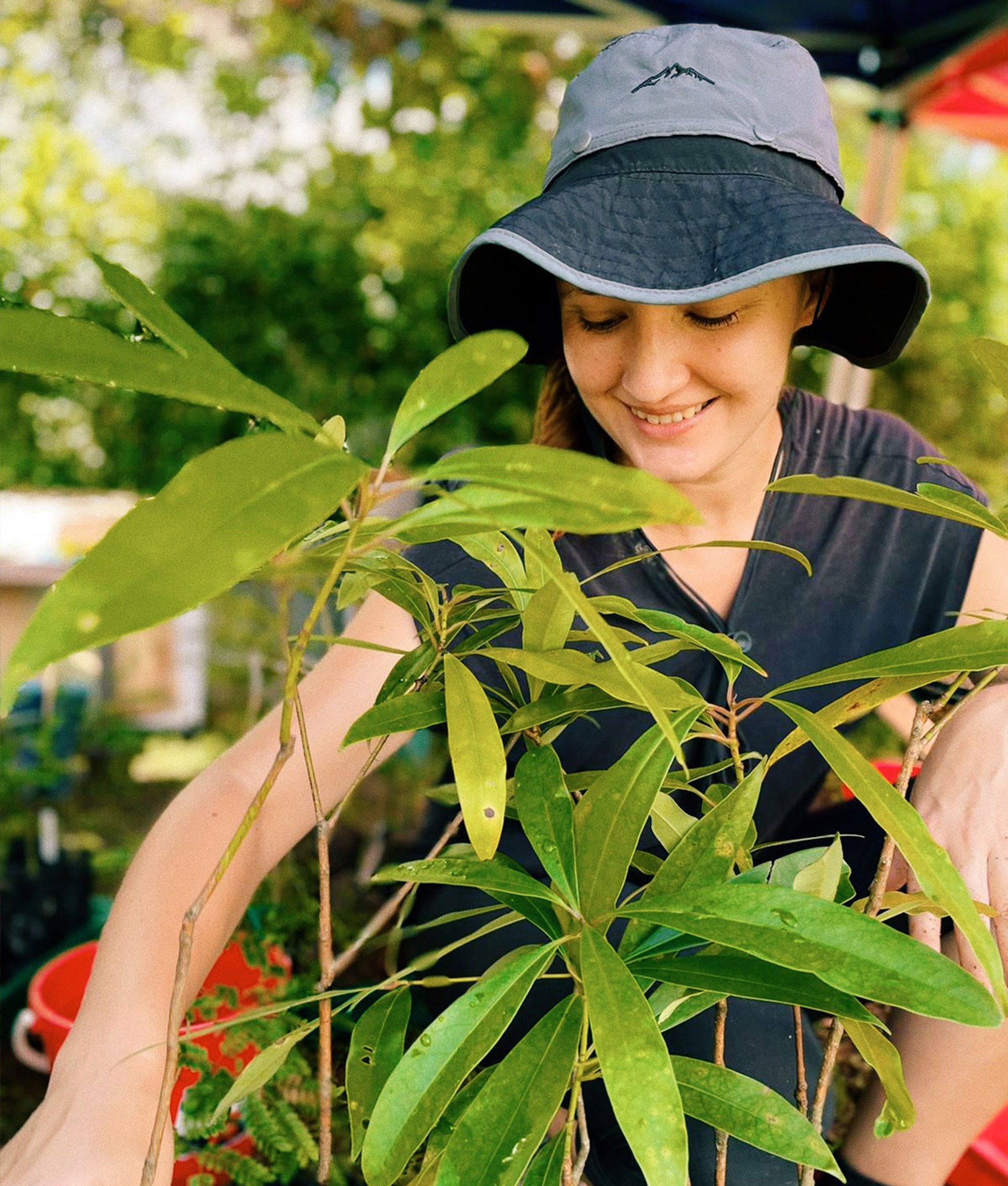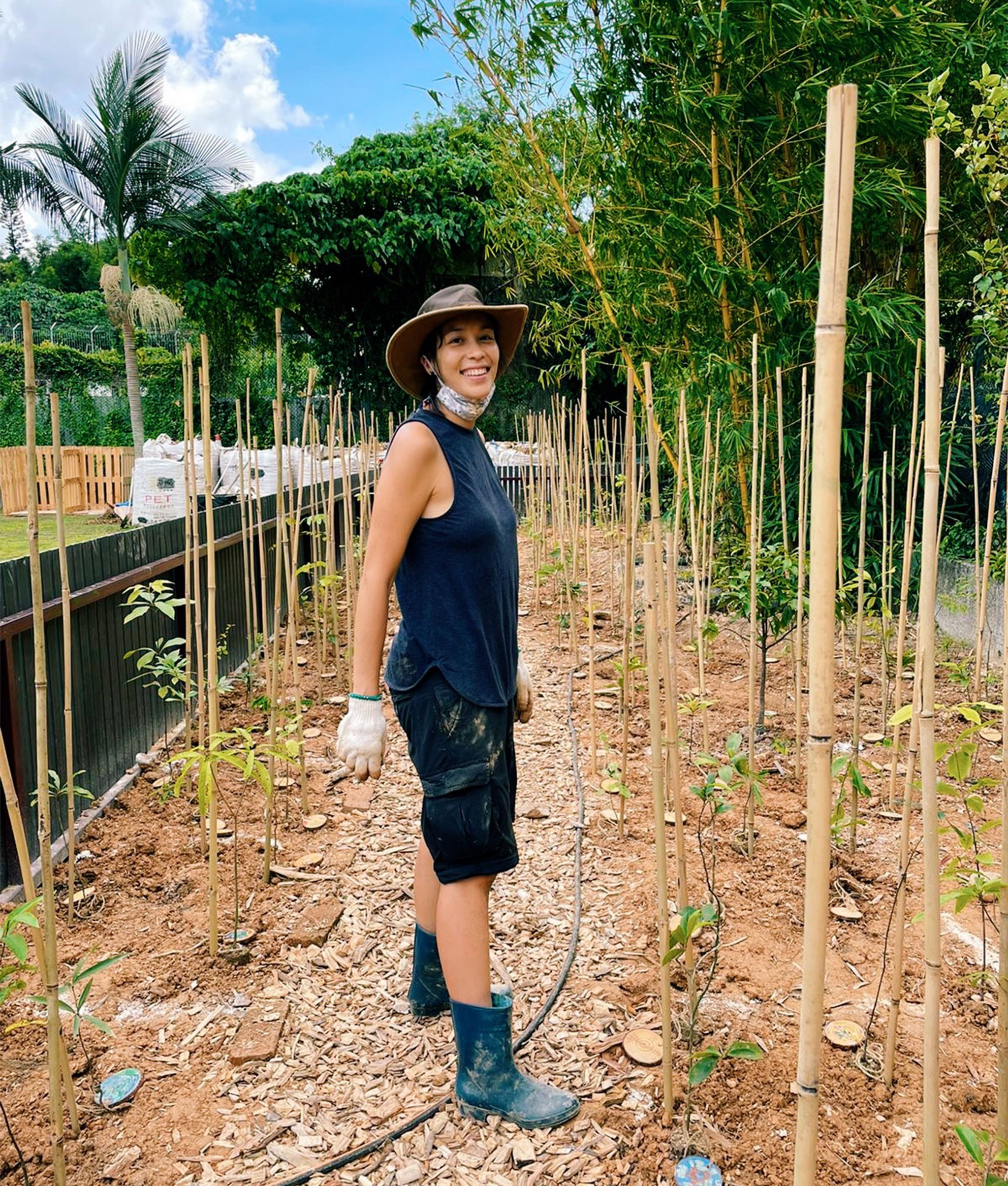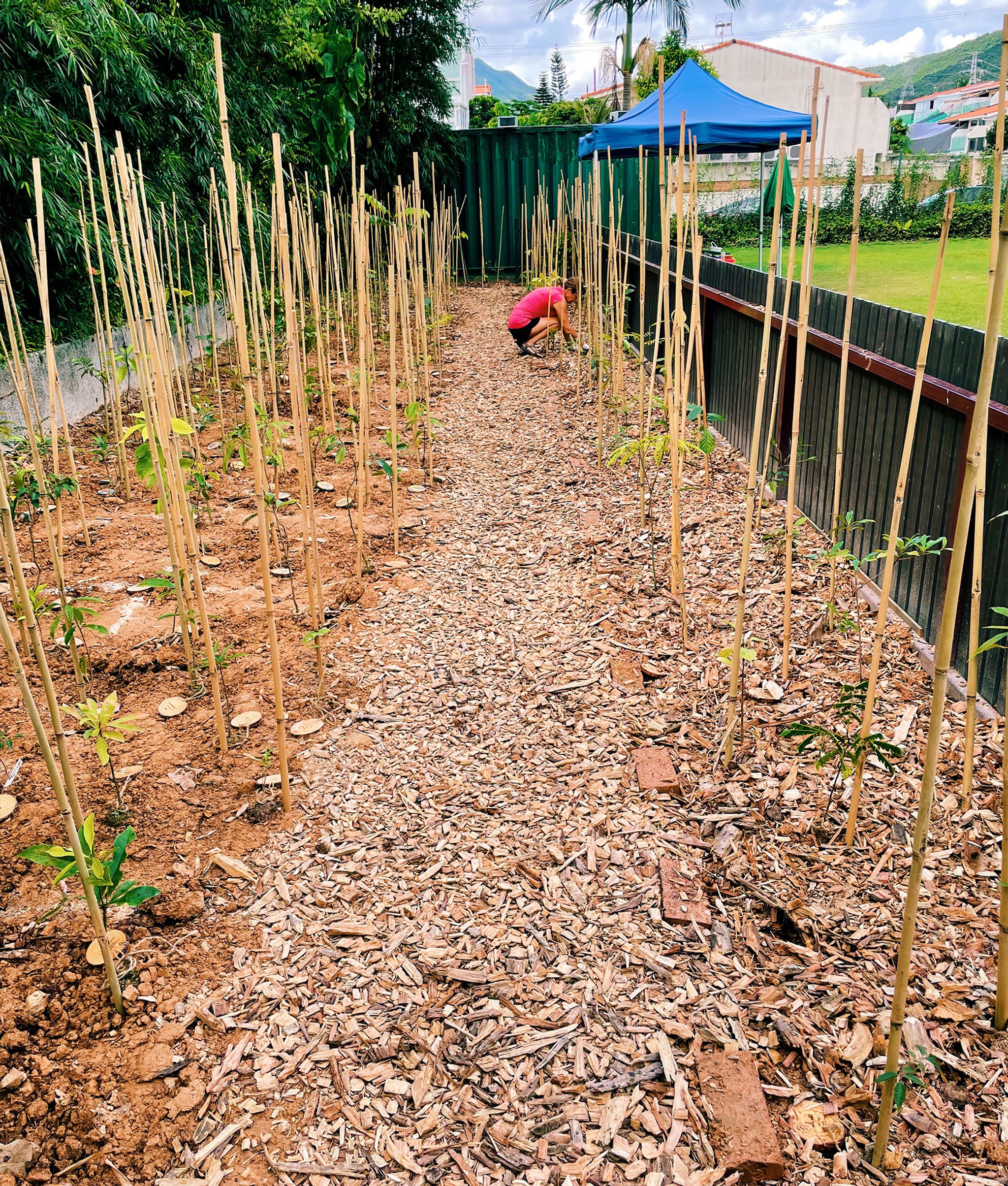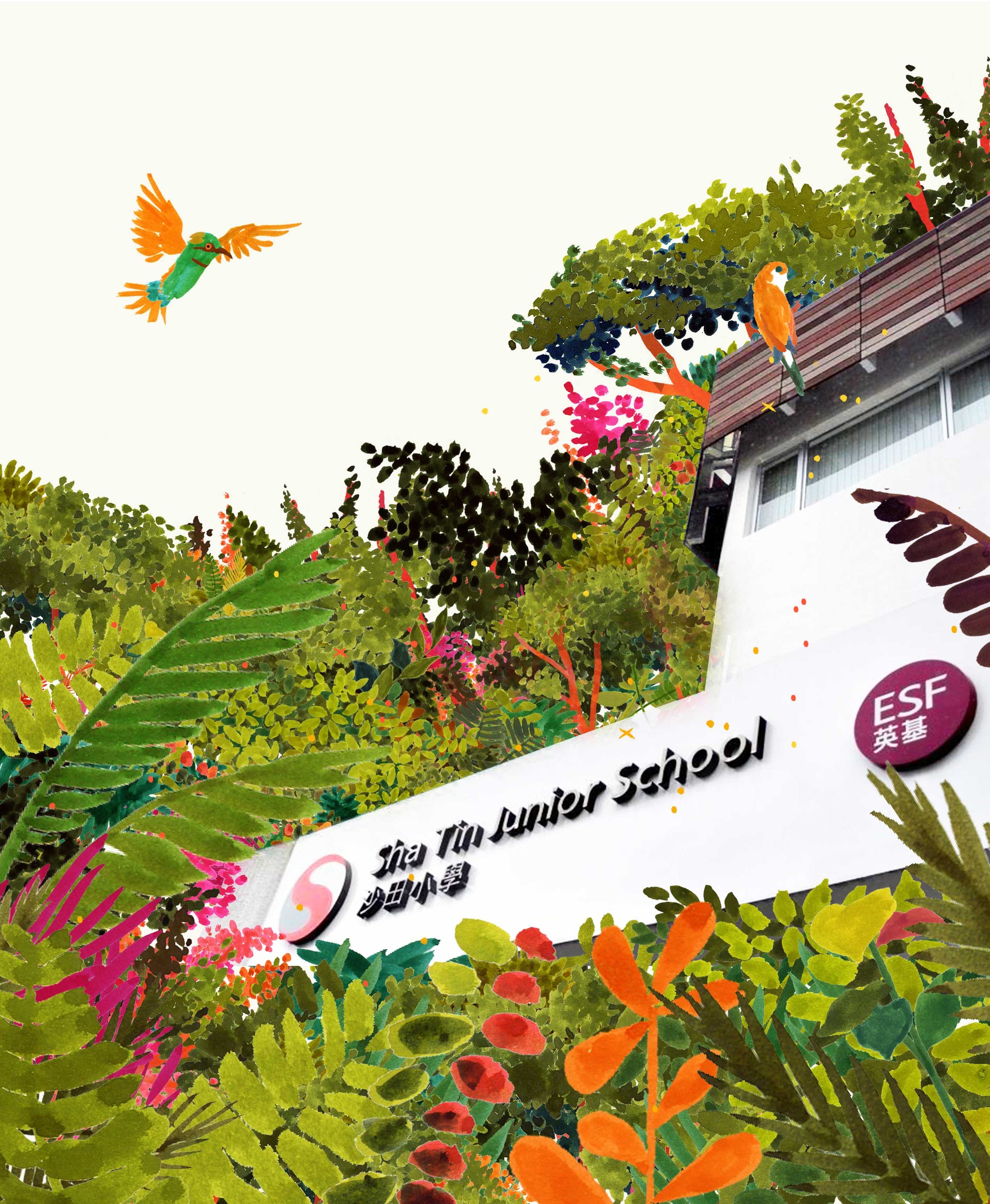ICHK Hong Lok Yuen Forest
The First Miyawaki Forest in Hong Kong.
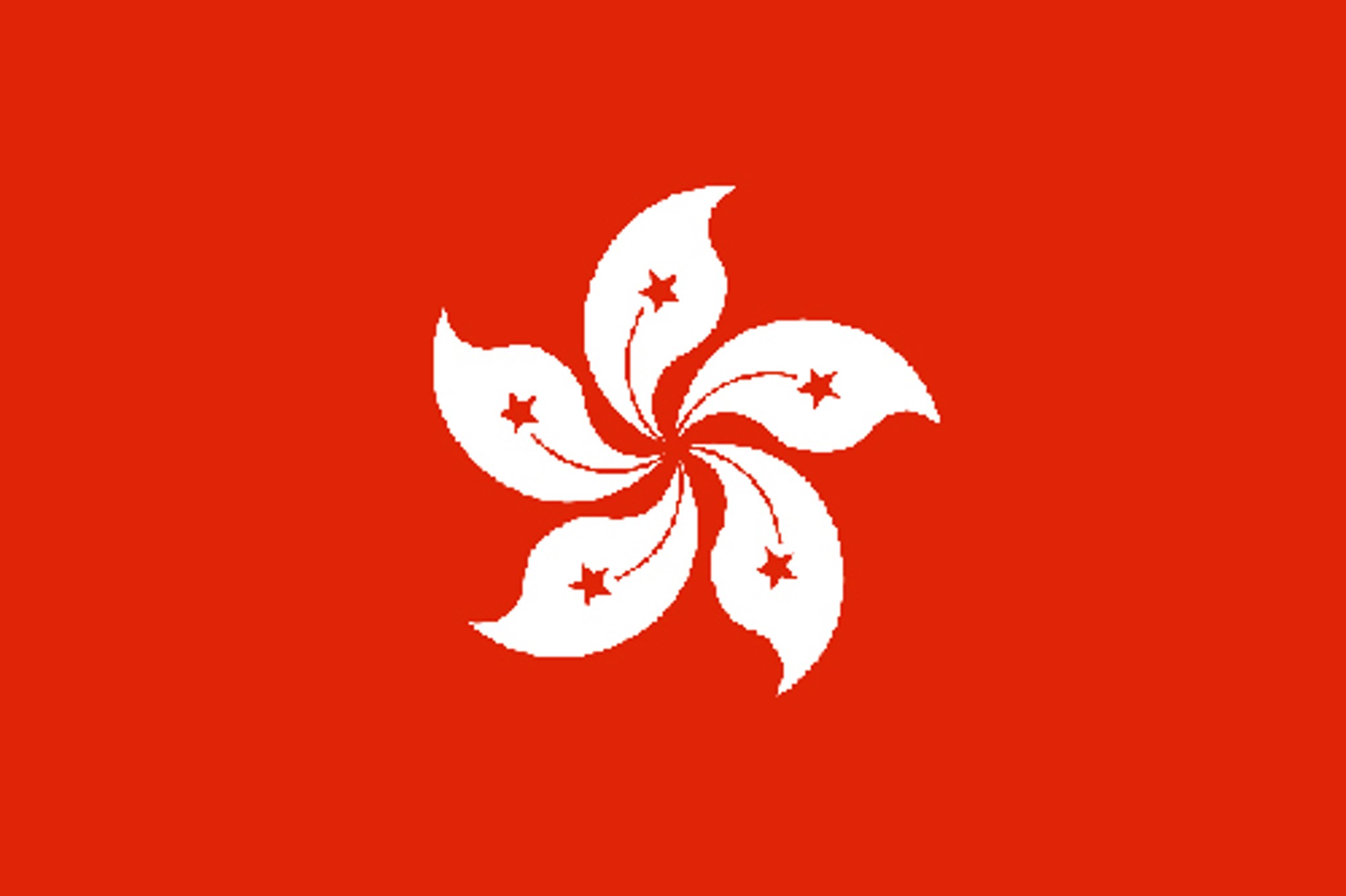
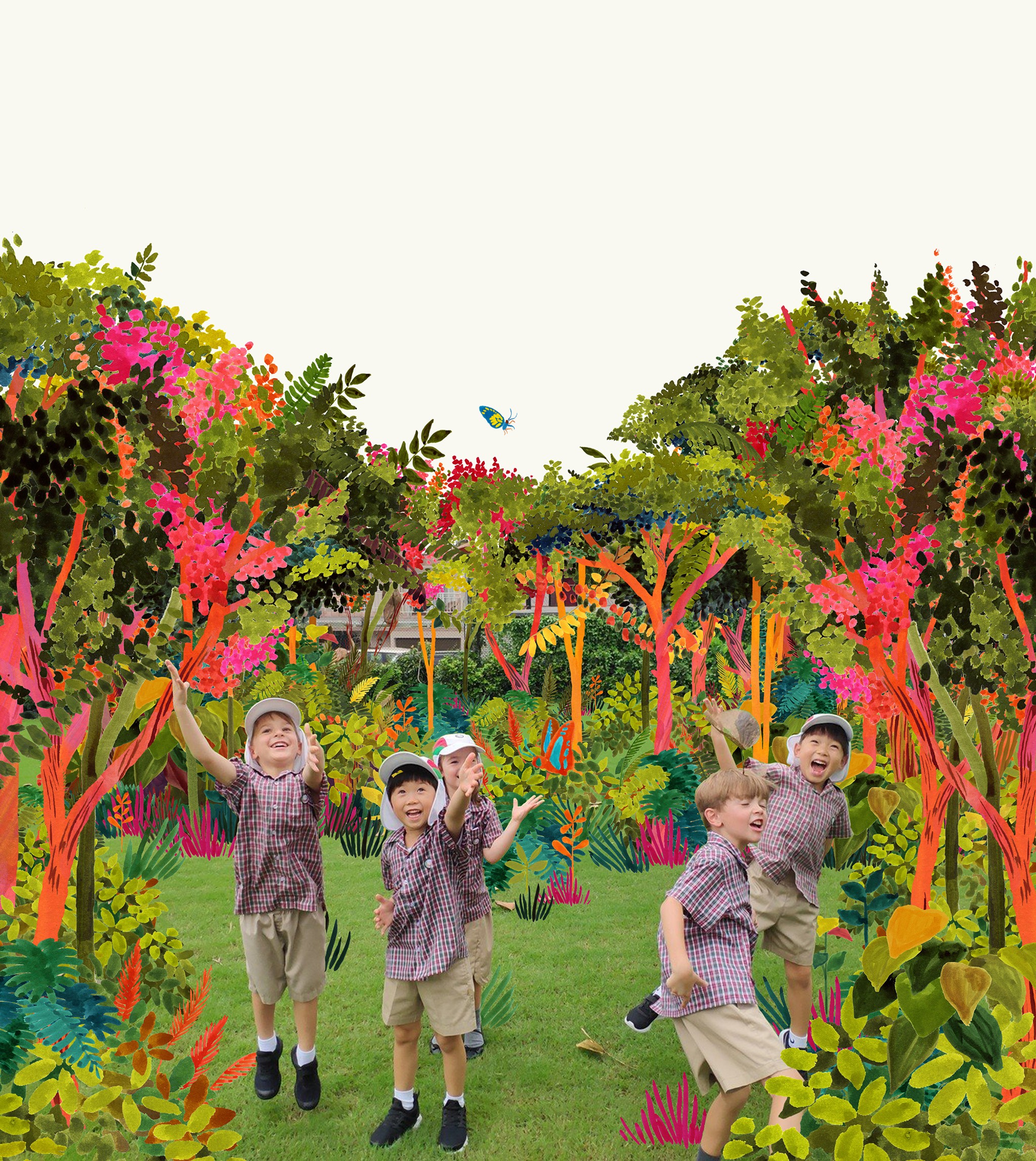
0
Trees
0
Square Meters
0
Native Species
0
Youth Impacted
Self Sustaining Forest
We planted this forest in August 2021. Despite a small drop in its survival rate, the ICHK Hong Lok Yuen forest is now thriving. The surviving species, particularly the clammy cherries, are growing quickly, with some reaching impressive heights. The presence of mulberry trees and new species such as umbrella trees and alocasias has added to the forest’s diversity.
The forest is also home to a variety of insects, including moth larvae, millipedes, and butterflies. Birds such as egrets, koels, bulbuls, and sparrows have been frequent visitors. The students have taken an active role in maintaining the forest, particularly in weeding out the invasive mikania vines, which has contributed to the forest’s overall good health.
Forest Maker
Camilla Zanzanaini
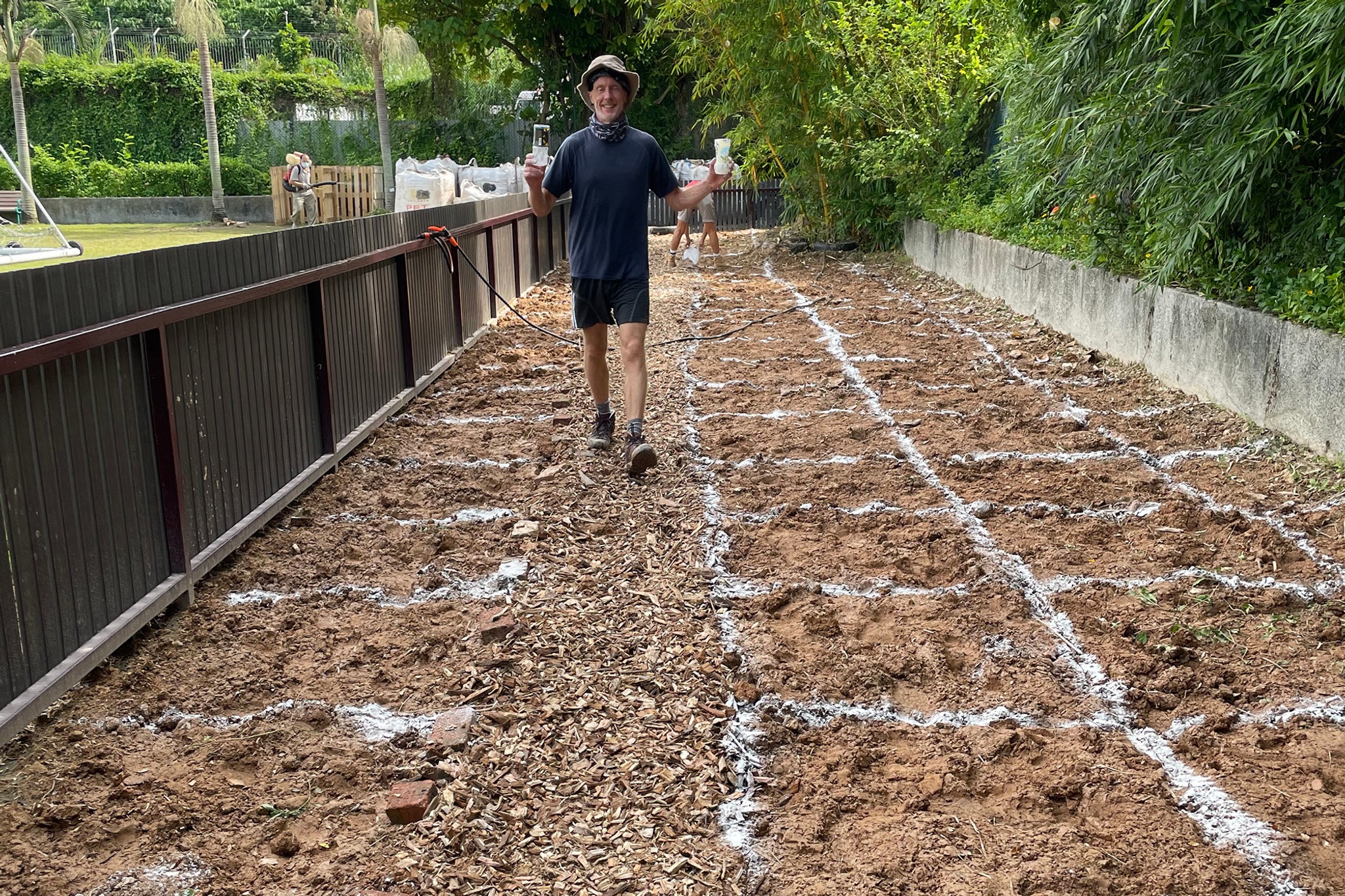

Ecosystem Restored
Final report: 19.12.2024
After approximately three years our SUGi Pocket Forests become self-sustaining. They no longer require human maintenance or watering, and can be handed over to Nature for biodiversity and complexity to naturally develop.
0%
Survival Rate
0
People living within 300 meters
0
kg of potential CO2 sequestration
Biodiversity
Biodiversity is all the different kinds of life you'll find in one area—the variety of animals, plants, fungi, and even microorganisms like bacteria that make up our natural world. Each of these species and organisms work together in ecosystems, like an intricate web, to maintain balance and support life.
0
Potential number of mammals
0
Potential number of birds
0
Potential number of amphibians
“The Miyawaki Forest will be a key element for the school to fulfil its vision of being a leader in outdoor learning. By enabling the children to be part of developing and nurturing a vibrant ecosystem, we are empowering them to learn about and love the natural world. This not only enriches their lives but enriches the world around them.”
Derek Pinchbeck — Head of School
Forest Report: 2023
0 Years
Forest Age
0%
Survival Rate
0m
Average of Tallest 3 Trees
This forest struggled a little in the beginning due to some uneven soil mixing and using the wrong mulch (wood chips). But they have since been removed and replaced with leaf/grass-based mulch, and the forest has recovered well, with all trees now in good condition. After the summer rains, the forest has blossomed and in just 6 months, some trees have grown by 2-3m, while others have become more bushy. The forest now has a mean height of about 180cm, with plenty of little saplings growing.
There are still patches of the forest that are growing better than others. The sunniest areas that are also closest to existing bamboo trees have struggled the most, whereas areas near the fence and the lower end of the forest have grown the best.
The lower end used to have a flooding problem (previously a sand pit), and since planting the forest, this is no longer an issue. The Shell Ginger which we used to border this end has grown beautifully, and is now the suspected home of small frogs and definitely some weaver ant nests.
Biodiversity Notes:
Several trees have started to produce seeds, including the HK Abacus Plant (Glochidion zeylanicum) and Daphnyphllum. One of the three endangered Camphor Trees we planted is growing extremely well and has a beautiful green trunk (similar to a bamboo colour).
Insects and worms are increasing, and symbiotic relationships have been observed (ants "farming" treehoppers for honeydew). There is one existing mulberry tree on the edge of the forest that has always attracted birds, we hope the new ones planted (3) will also start to bear fruit next year (March). It will probably be a few more years before the Strawberry Trees have fruit (Myrica rubra). 2/3 critically endangered Small Persimmon (Diospyros vaccinioides) planted have survived and are doing well, which is great!
We have observed lots of vines and climbers growing, and realise that there are some we need to keep in check, as invasive species such as Mikania are included. But there are some beautiful climbing figs now covering parts of forest floor and neighboring fence.
There are also some small flowers, including native daisies (Eclipta prostrata), and not-so-native but quite harmless Mexican Ruella, which add a nice purple touch.
Forest Report: 2022
0 Months
Forest Age
0%
Survival Rate
0m
Average of Tallest 3 Trees
This is a resilient forest with a high survival rate, though is growing more slowly than the typical rapid Miyawaki pace. This is not surprising given the challenges the forest faced in its first year (insect attacks, issues with chemical contamination from wood chips and very poor soil located at the site pre-intervention).
The Clammy Cherry (Cordia dichotoma) has now grown over 500%, with the tallest example now at 220cm. The species were all under 30cm when planted. The girth of the tallest Clammy Cherry is an impressive 12 cm.
A number of native ‘weeds’ that are actually medicinal plants, such as the Chamberbitter (Phyllanthus urinaria) and Old World Diamond (Oldenlandia corymbosa), are growing. Most have been left in place unless they were crowded tree bases/roots.
Biodiversity Notes:
Most interesting is the presence of a lot of new native tree saplings that must’ve made their way either from nearby trees or from the compost/mulch. These new plants are filling in the gaps. We also identified several pioneer species among these, such as the Parasol Leaf (Tanarius Macaranga), Turn-in-the-wind (Mallotus Paniculatus) and Mountain Tallow tree (Sapium discolor), none of which we were originally able to plant due to unavailability in August 2021. We are confident these developments will see the forest flourish in its second year!
Angled castor butterflies (Ariadne ariadne), handmaiden moths (Syntomoides imaon), along with various red bugs and millipedes. We found a bird feather, most likely from a Red-whiskered Bulbul (Pycnonotus jocosus).
Planting: August 2021
